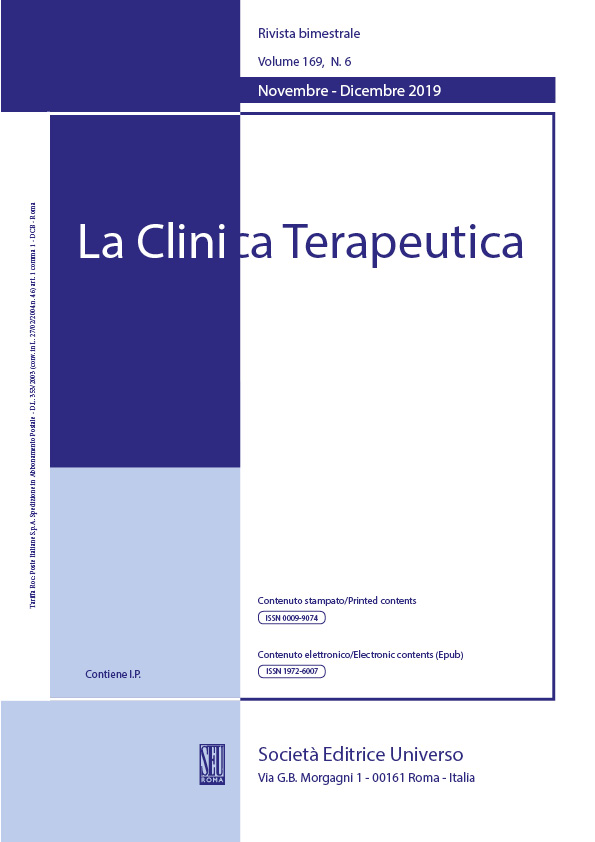Abstract
Monokine induced by interferon (IFN)-γ (MIG) / chemokine (C-X-C motif) ligand 9 (CXCL)9 is involved in the pathogenesis of psoriatic arthritis (PsA). It was demonstrated that both blood plasmaderived dendritic cells (pDCs) and pDCs isolated from rheumatoid arthritis (RA) and PsA synovial fluid (SF), expressed CXC receptor (R) 3 and CXCR4, and that the chemotaxis of blood-derived pDCs is stimulated by MIG, (IFN)-γ-inducible protein 10 (IP-10)/CXCL10, IFN-inducible T-cell α chemoattractant (I-TAC) )/CXCL11 and stromal cell-derived factor 1 (SDF-1)/ CXCL12, present in RA and PsA SF. In PsA patients have been found a Th1 immune predominance at early stage of disease, while a reduction of these chemokines has been observed in long lasting PsA, with a significant increase of monocyte chemoattractant protein-1/IP-10 ratio. This suggest a shift from Th1 to the Th2 immune response in long lasting PsA. High levels of MIG has been found in patients with PsA and autoimmune thyroiditis too. This chemokine has been proposed as a useful marker to monitor the activity as well the progression of PsA. Efforts have been made to modulate or prevent the production of MIG in PsA aiming to alter the course of the disease
